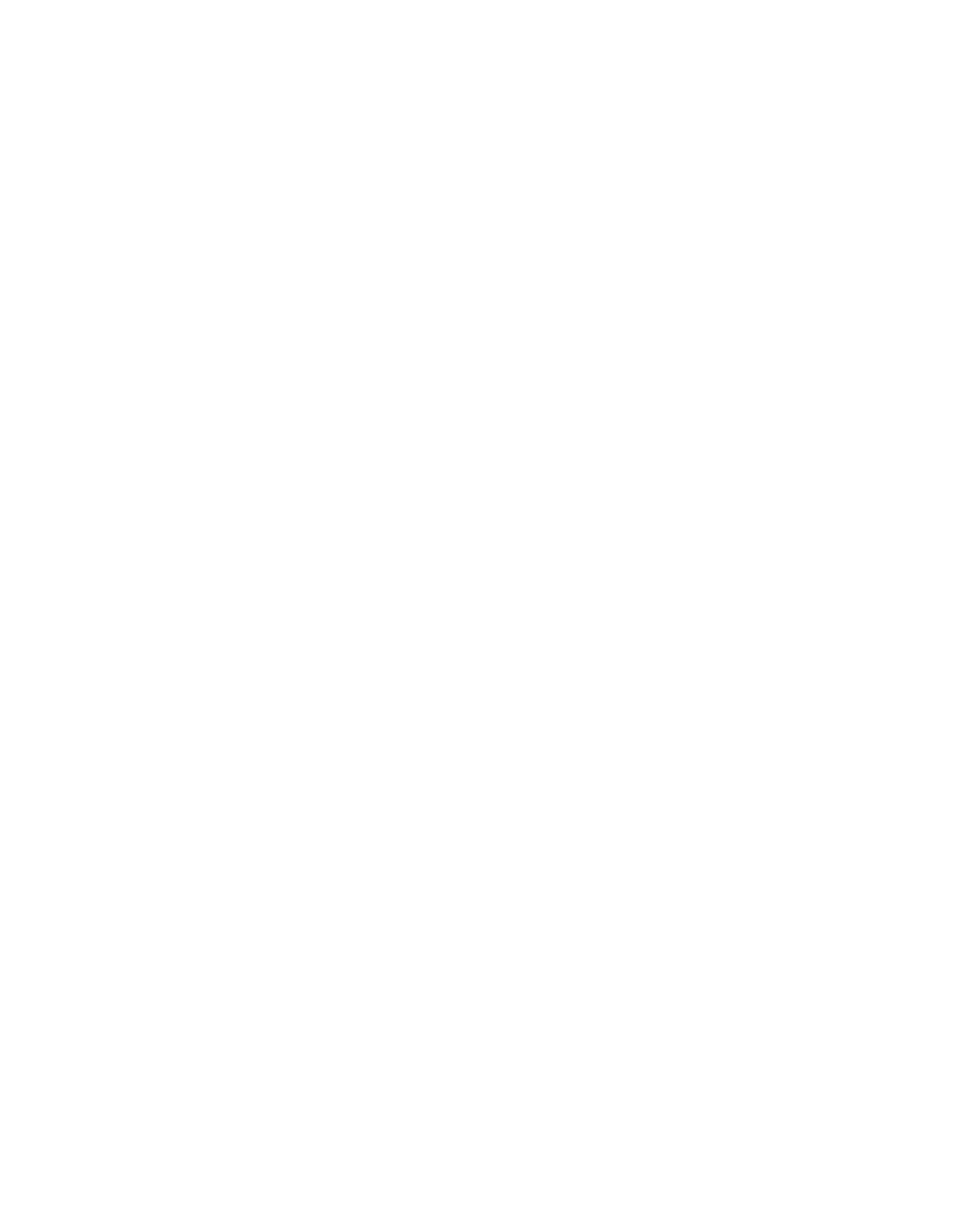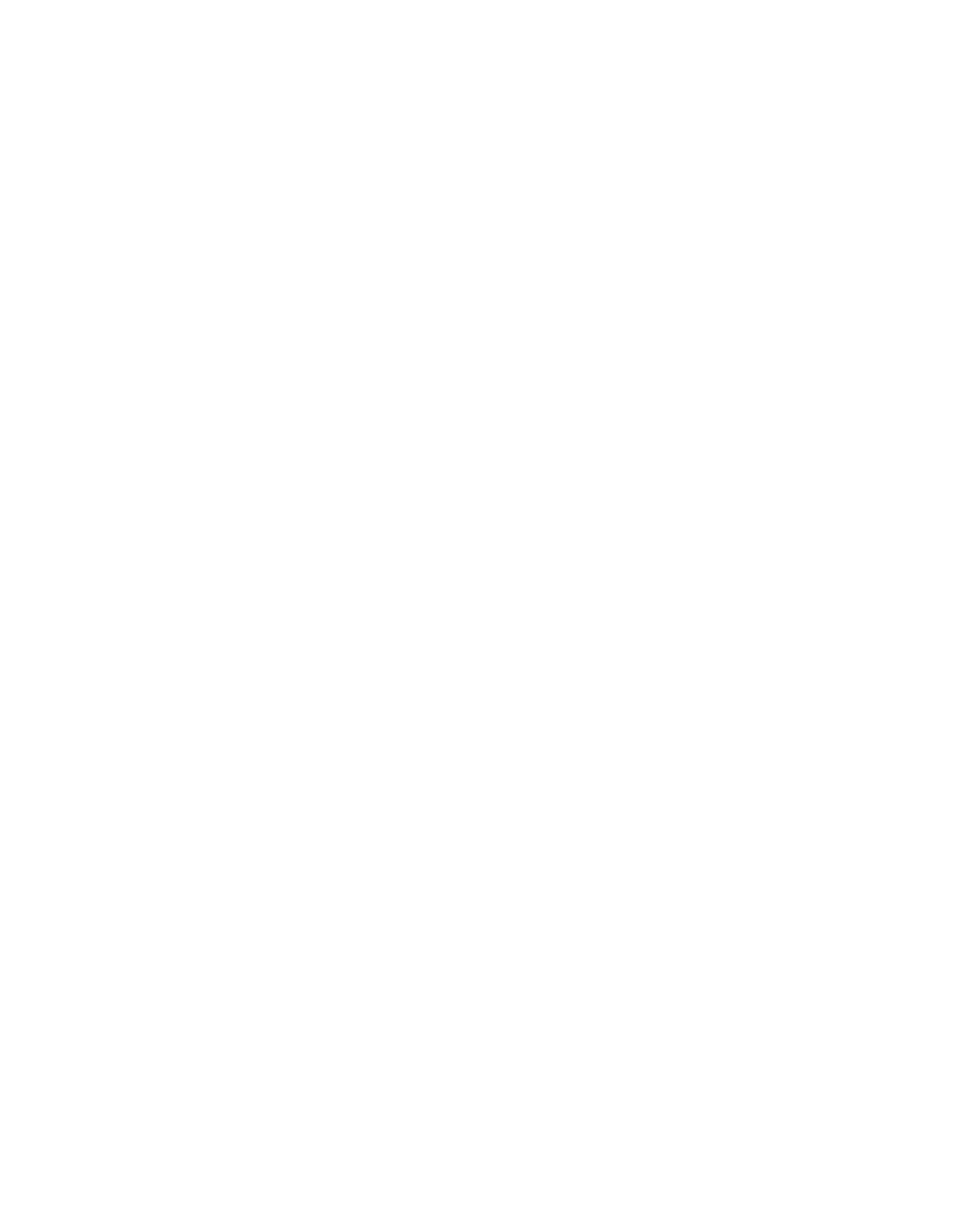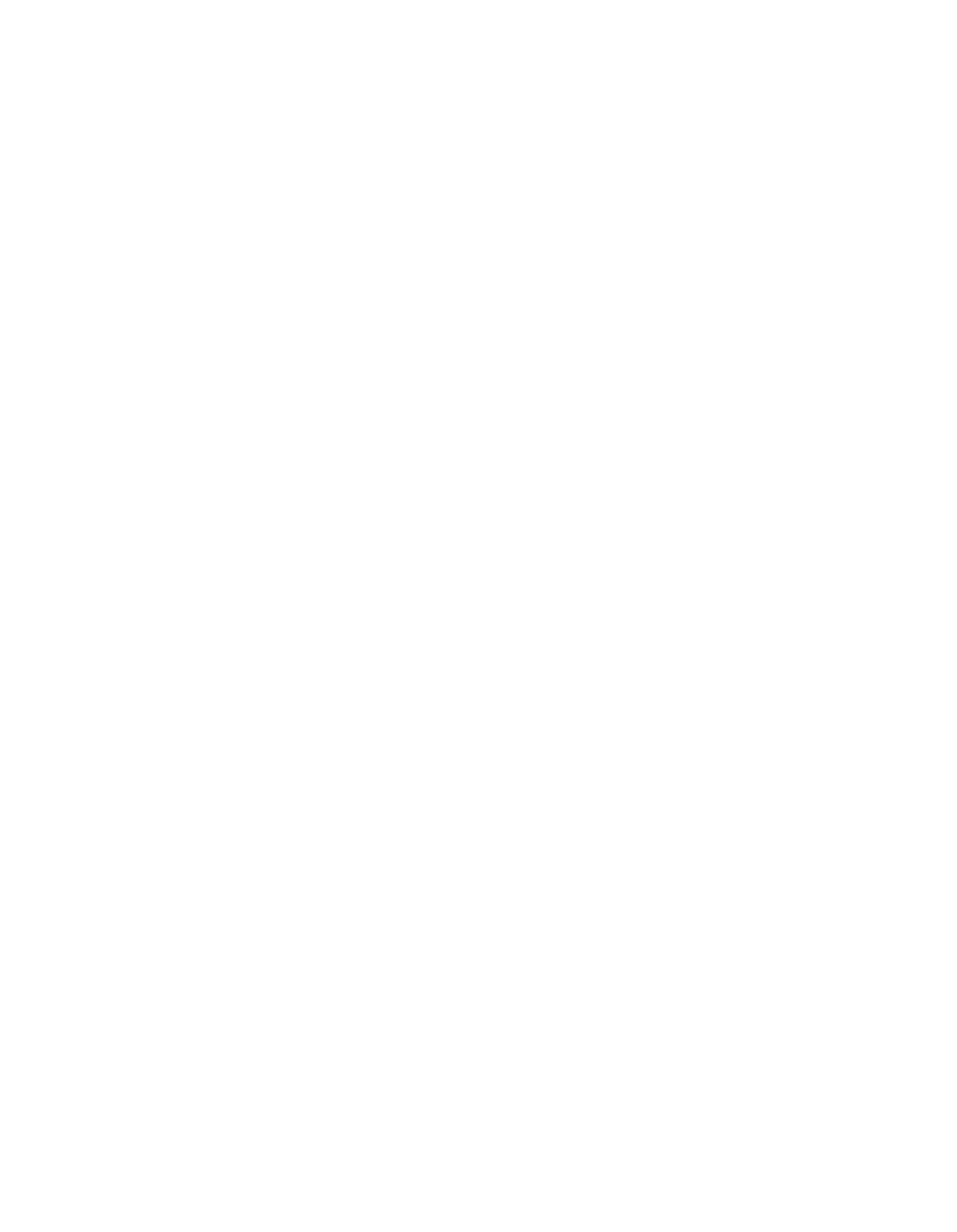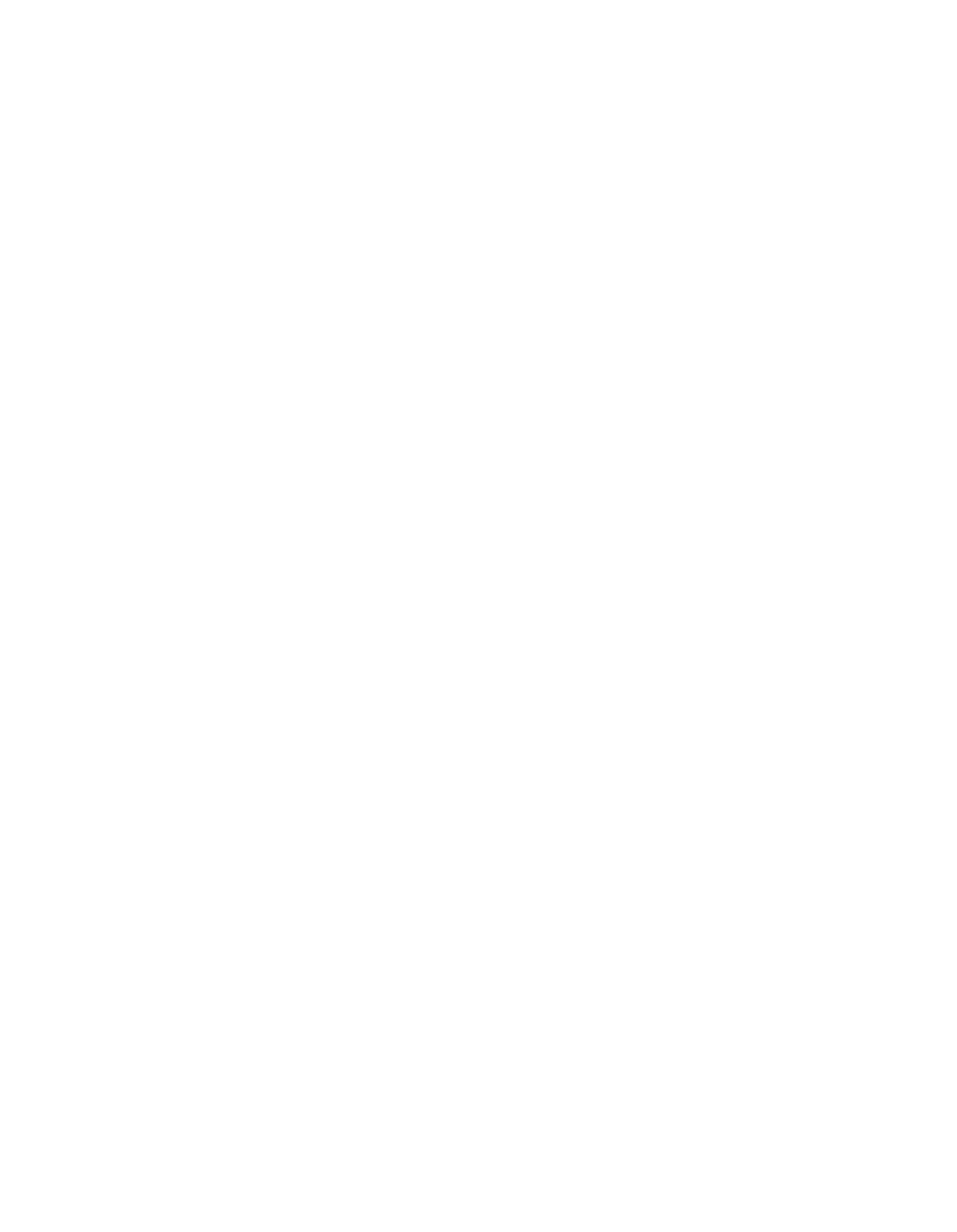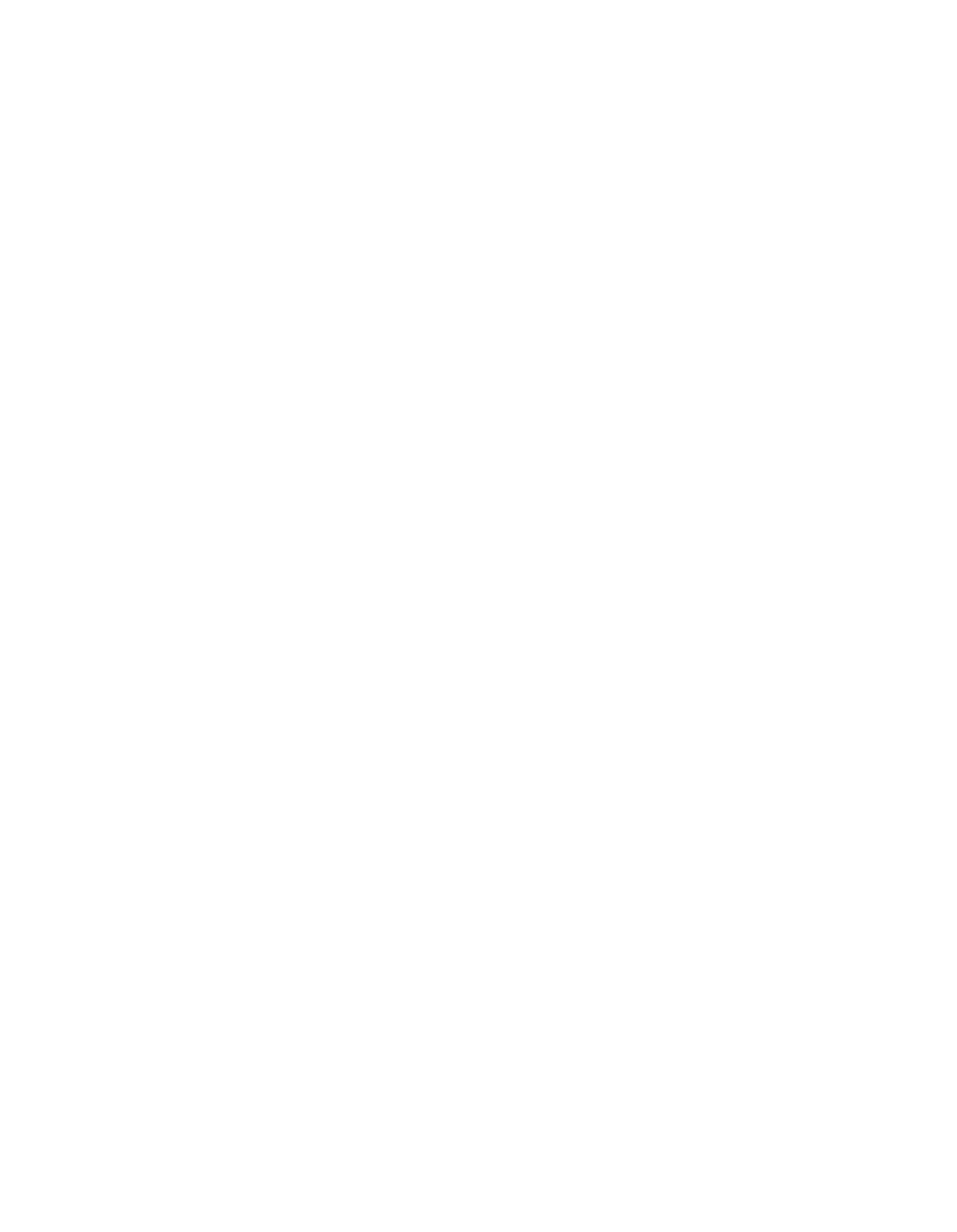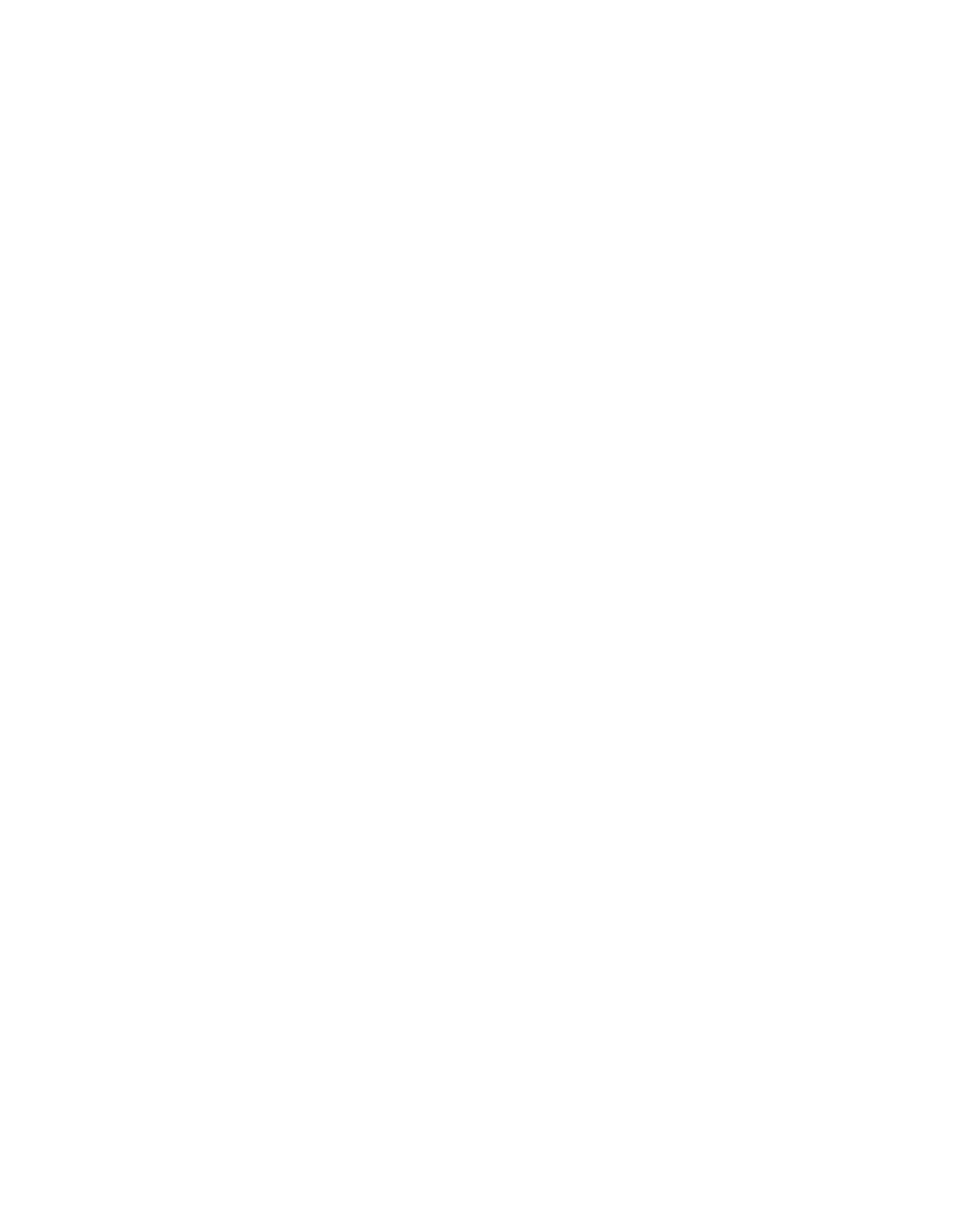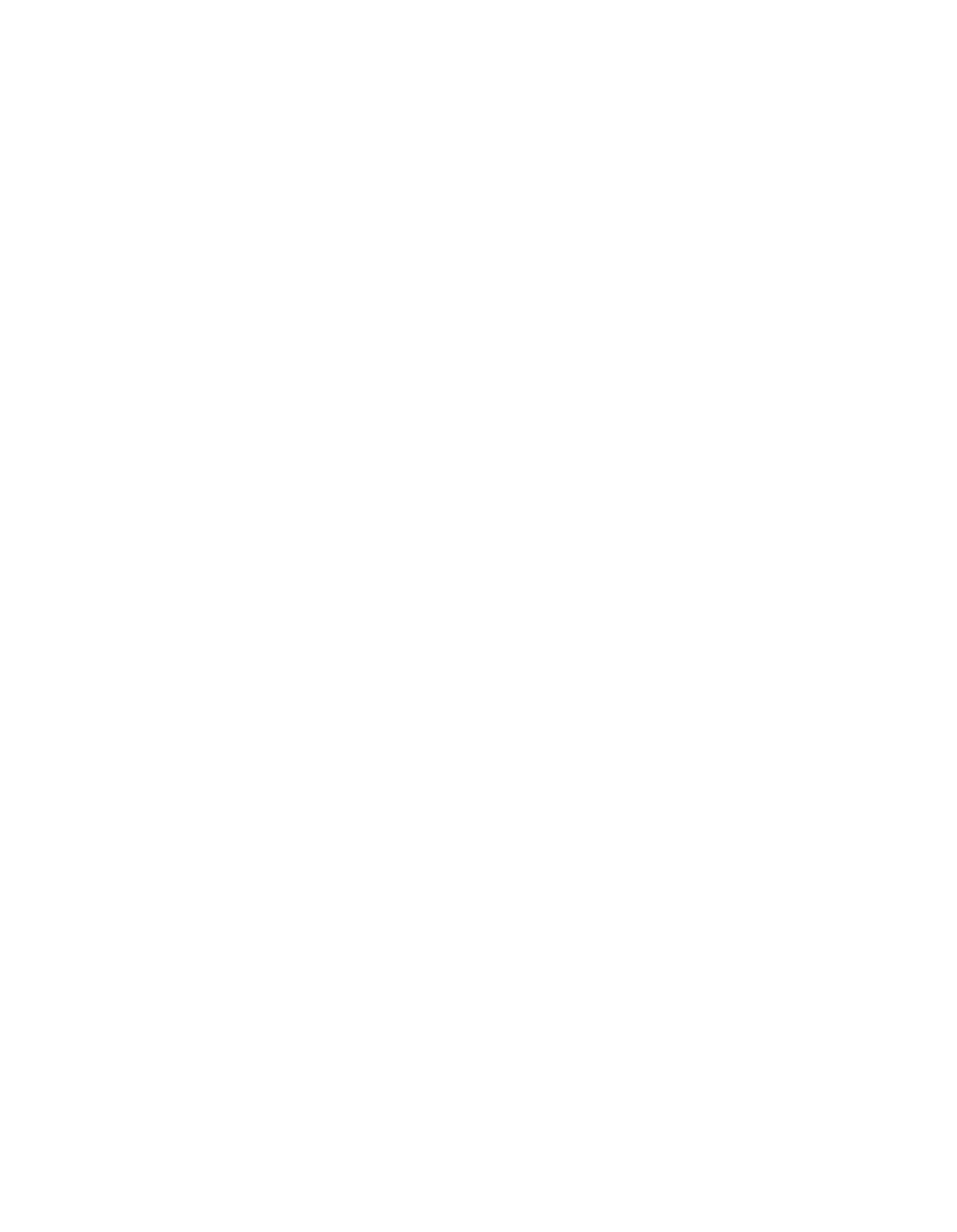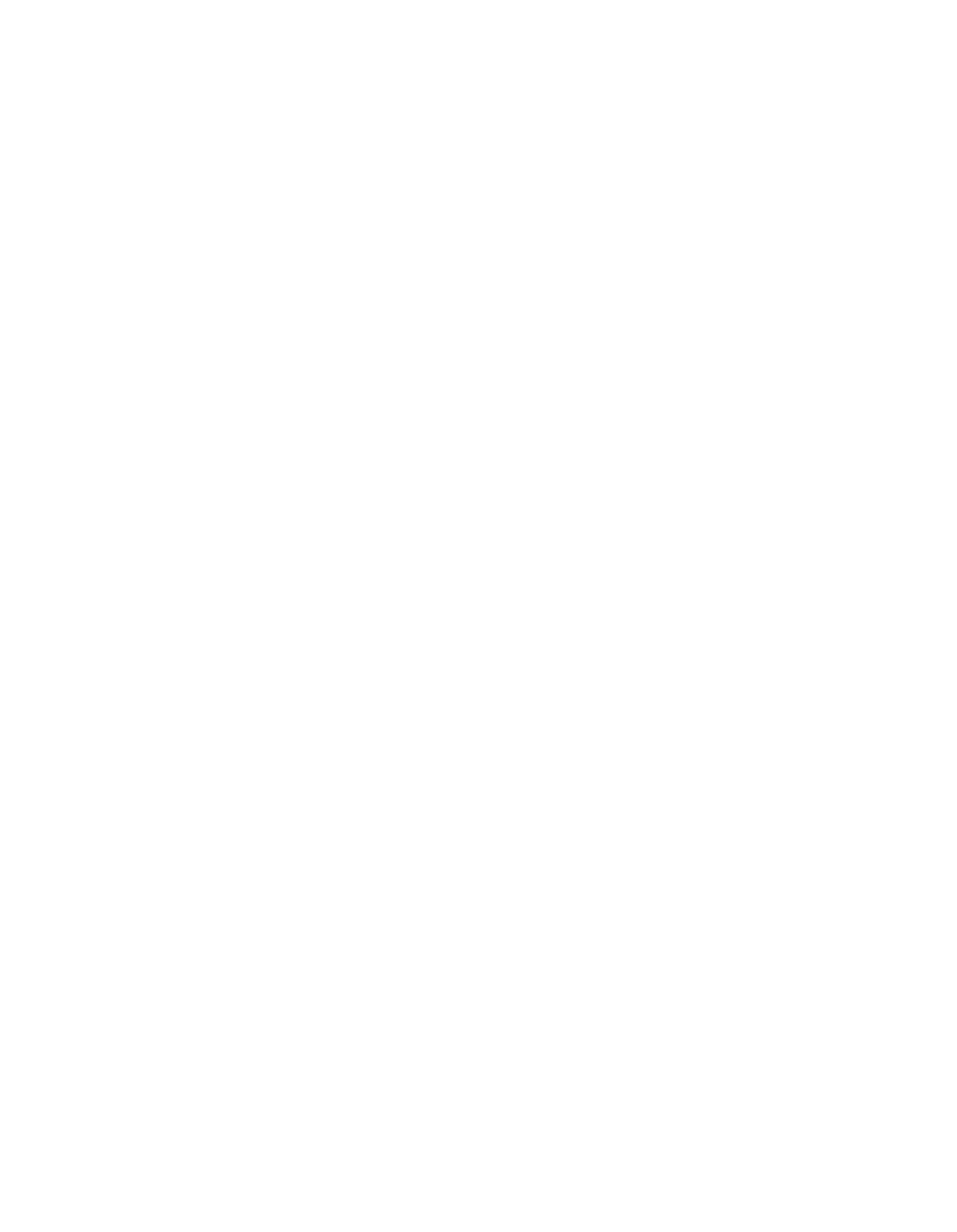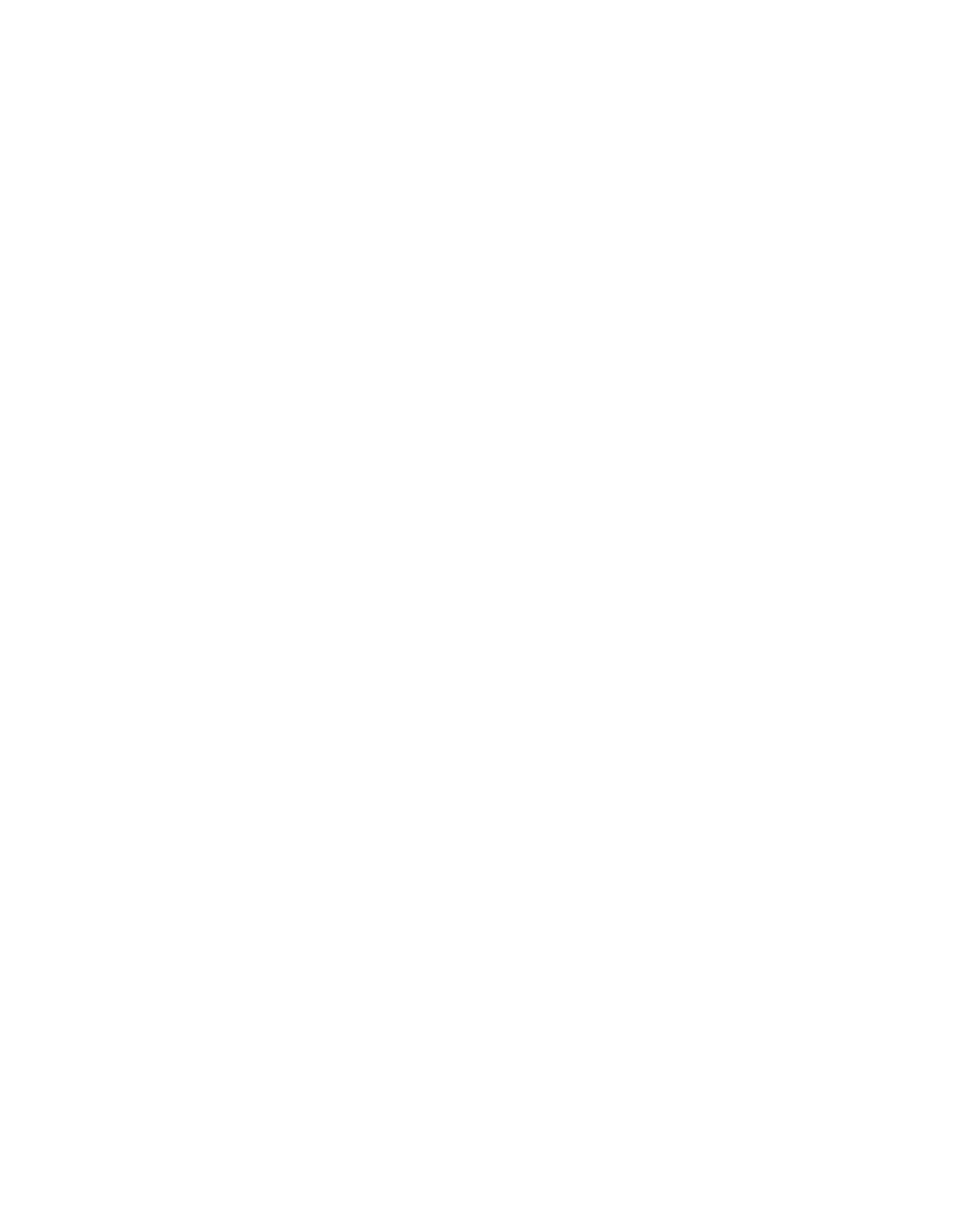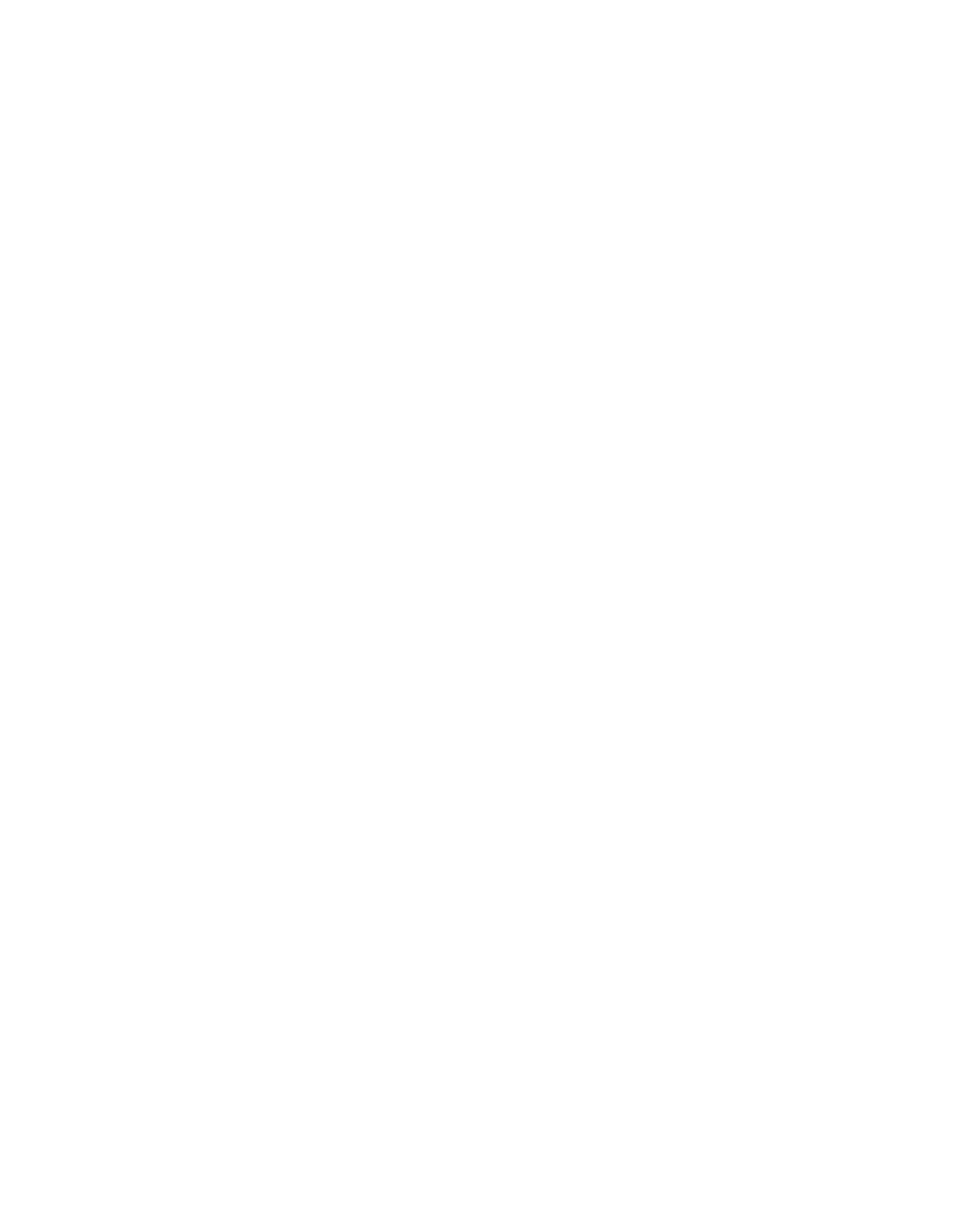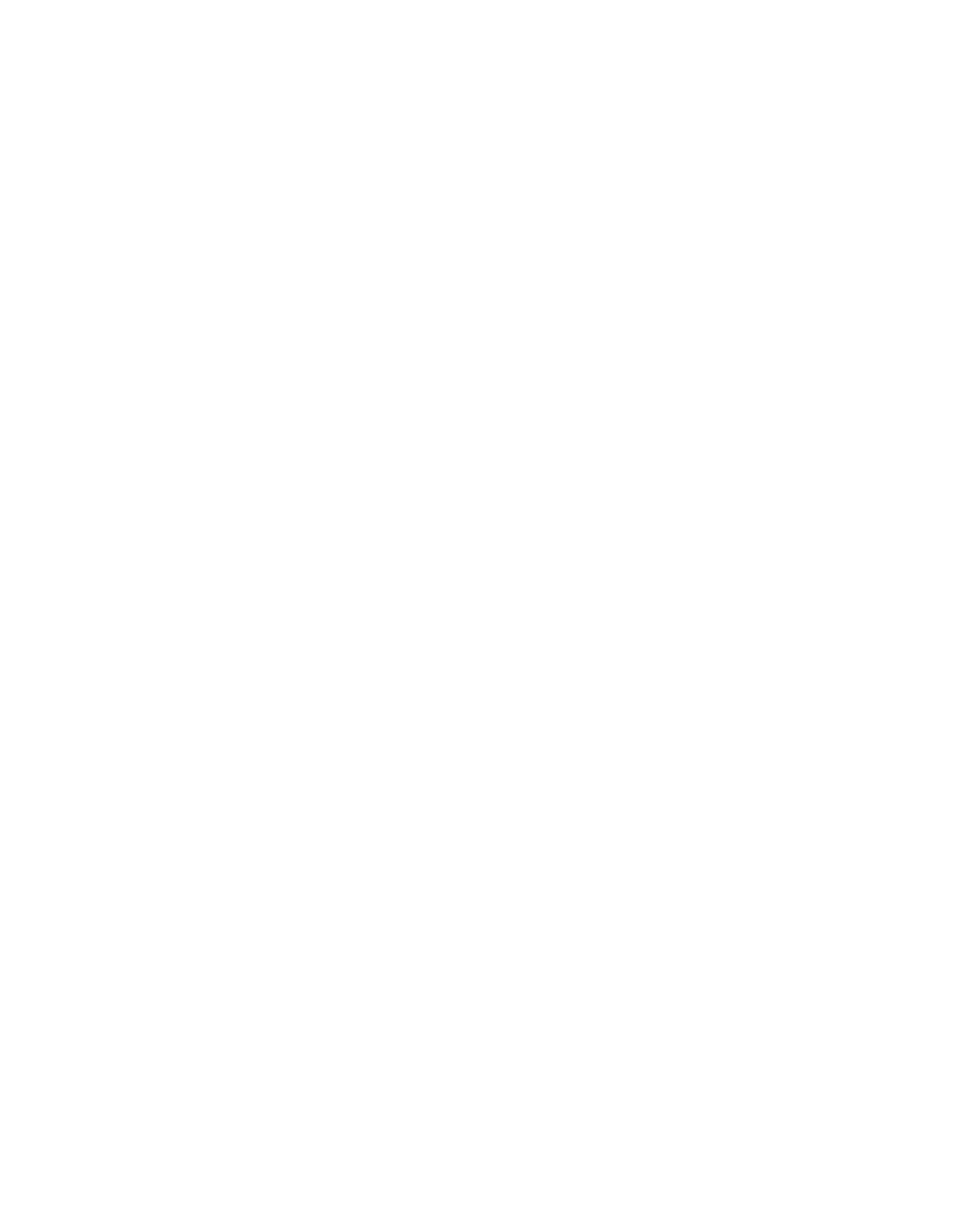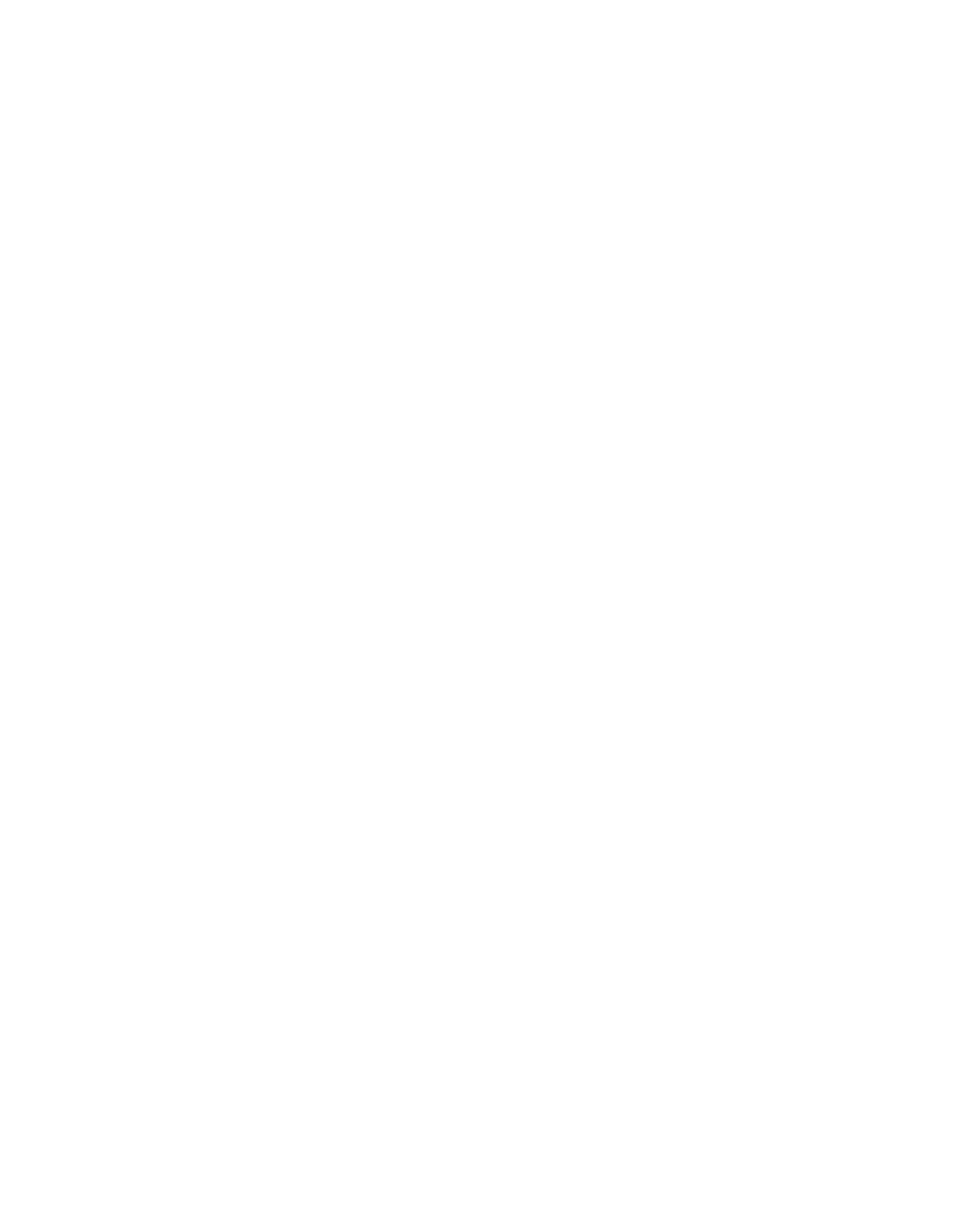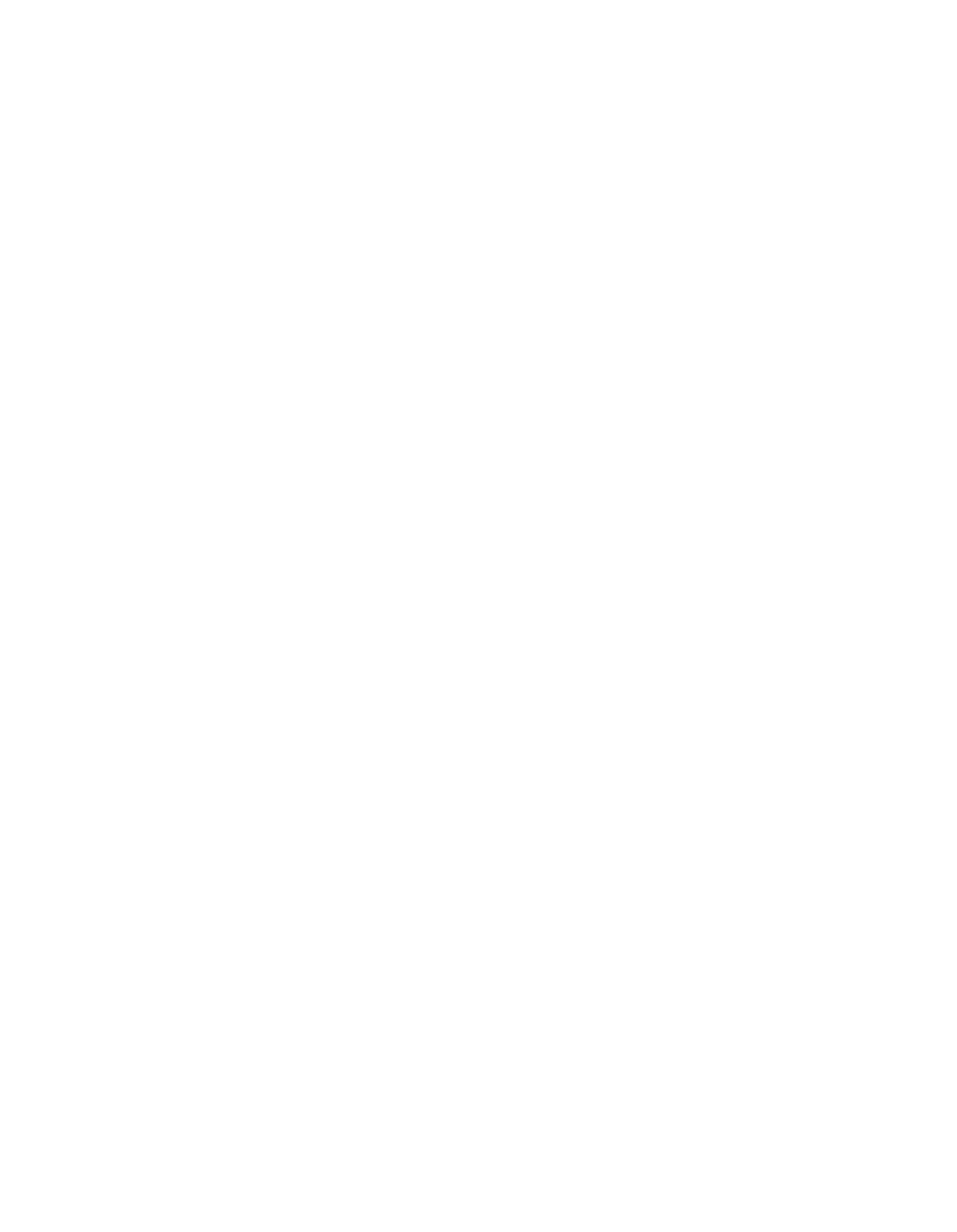ILLINOIS POLLUTION CONTROL BOARD
July 13, 1989
ANTHONY W.
KOCHANSKI,
)
)
Complainant,
)
v.
)
PCB 88—16
HINSDALE GOLF CLUB,
Respondent.
MR. ANTHONY W. KOCHANSKI, APPEARED PRO SE; AND
MR. JOSEPH
S. WRIGHT, JR., ATTORNEY—AT-LAW, APPEARED ON BEHALF OF
RESPONDENT.
OPINION AND ORDER OF THE BOARD
(by J. Marlin):
This matter
is before the Board on the January
15, 1988
formal complaint of Anthony W. Kochanski against the Hinsdale
Golf Club (“Golf Club”).
Mr. Kochanski alleged violations of
Board rules at 35
Ill. Adm. Code 900.102
& 901.104,
in that the
Golf Club conducts skeet shooting on its premises, and the
impulsive noise from the shotgun blasts emanates onto neighboring
residential properties.
Mr. Kochanski later alleged at hearing
that this activity violated Sections 23 and
24 of the
Environmental Protection Act
(“Act”), Ill. Rev. Stat.
ch.
lii
1/2,
pars.
1023
& 1024.
R.
77.
The Golf Club filed a motion to
dismiss on February
2,
1988,
and the Board denied this motion on
February
25,
1988.
The public hearing occurred on May 23,
1988.
Members
of the
public
arid
press attended.
Mr. Kochanski filed his post-hearing
brief on July 11,
1988.
The Golf Club filed
its response brief
on August
8,
1988.
Mr. Kochanski filed his reply brief on
September
20,
1988.
The Golf Club filed a September
27,
1988
motion to strike the reply.
The hearing officer denied this
motion
in part and granted
it
in part on October
4,
1988.
The
hearing officer struck the parts of Mr. Kochanski’s
response
brief
that referenced matters not contained in the record.
FACTS
The Golf Club has conducted skeet shooting on its property
since 1943.
The current schedule,
revised about five or six
years ago,
restricts the shooting to between the hours of 11:00
a.m. and
3:00 p.m. on Saturdays and Sundays between the beginning
of November and the end of February.
R.
17—18
& 25—27.
The
shooting includes
12 gauge,
20 gauge,
28 gauge, and
.410
shotguns.
R.
38.
About
20
to
50 shooters participate.
R.
40.
The activity is restricted to Golf Club members.
R.
16
& 33—
1n1---.11
—2—
34.
Some competitions against other skeet
clubs occur.
R.
40—
41.
The shooting occurs behind the clubhouse
in the approximate
center of the Golf Club grounds.
Residential properties abut the
grounds on the northeast and east.
Illinois Route 83,
a major
highway carrying significant
truck traffic, lies a short distance
to the east of the residential area.
Mr. Kochanski and his
family and Mr. John Diamond,
a neighbor, reside in this area
between the Golf Club and the highway.
Although the general area
is flat,
the Golf Club grounds
roll.
The shooting occurs in a
depression between two greens.
Between the shooting and the
residential area is about
400 yards of Golf Club grounds, along
which
is a 10 to 12 foot high berm then two or three extensive
rows of deciduous trees.
R. 26—40; Ex.
1.
Across the street
from the Golf Club is the Arrtericana nursing home.
R.
23.
PENDING MOTIONS
The Board Order of February 25,
1988 held that the Golf
Club’s skeet shooting
is not excepted under Section
25 of the Act
as an “organized amateur or professional sporting event” within
the meaning of Section 3.25 of the Act.
The Board
found that
“although the public may be able
to apply for membership to the
club,
the shooting activities are carried out privately among
members of the Hinsdale Golf Club.t’
The Board concluded that the
shooting activity was therefore not “carried out
...
for the
general public” and that
the Golf Club was not a “skeet,
trap,
or
shooting sports club”
within the statutory exception.
Thus,
the Board denied the Golf Club’s February 1, 1988 motion to
dismiss.
At hearing and in its post—hearing brief, the Golf Club has
continued to contend that the statutory exception applies because
it is
a
“skeet,
trap or shooting sports club in existence prior
to January
1,
1975.”
Response Brief at
3.
The Golf Club
presents no new argument
in favor of its position and highlights
no new evidence adduced at hearing.
Therefore,
the Board denies
reconsideration of its February 25, 1988 determination that the
skeet shooting does not fall within the definition of Section
3.25 and
is therefore
riot excepted by Section 25.
Mr. Kochanski submitted a letter
for the record at hearing
from a professional engineer that attributes numerical values
to
the shotgun sounds.
R.
44—45.
However,
the hearing officer did
not admit
it into the record because no one was present at
the
hearing to lay a foundation for its admission.
Instead, he
accepted it as an offer of proof.
R.
51—55.
The Board construes those portions of Mr. Kochanski’s post—
hearing brief
that relate to this tendered exhibit as a request
to overturn the hearing officer’s order excluding it.
Mr.
Kochanski’s July 11,
1988 post-hearing brief requests
that the
Board consider the sound study
in its deliberations.
101—12
—3—
A copy of the study and a letter from the engineer who
conducted the study accompanied this request.
In the letter the
engineer describes his qualifications.
Since this letter
represents new information not previously submitted to the Board,
the Board has not considered the letter’s contents.
A post—
hearing brief
is a vehicle to argue one’s position based upon the
evidentiary record properly before the Board.
New information
which was not presented to the Board before or at hearing may not
be presented via a post—hearing brief.
Similarly,
the Board has
not considered the petition (t~earingsignatures) which
is also
attached to Mr. Kochanski’s July 11,
1989 brief.
Notwithstanding
these matters, the Board must decide whether
it was proper for
the hearing officer
to exclude the sound study.
Section 103.204 of the Board’s procedural rules describe
evidence which may be admitted at
a Board enforcement hearing.
Subsection
(a)
of that Section states:
The
Hearing
Officer
shall
receive
evidence
which
is
admissible
under
the
rules
of
evidence as applied in the Courts of Illinois
pertaining
to
civil
actions
except
as
these
rules otherwise provide.
The Hearing Officer
may
receive
evidence
which
is
material,
relevant,
and
would
be
relied
upon
by
reasonably prudent persons
in the conduct
of
serious
affairs
provided
that
the
rules
relating
to
privileged
communications
and
privileged
topics
shall
be
observed.
(emphasis added)
35 Ill.
Adm. code 103.204(a).
The wording of this provision parallels Section 12 of the
Illinois Administrative Procedure Act
(APA).
That Section
describes what material may be admitted at a contested case
hearing before a State agency.
Section 12(a)
provides
in part:
Irrelevant,
immaterial
or
unduly repetitious
evidence
shall
be
excluded.
The
rules
of
evidence
and
provilege
as
applied
in
civil
cases
in
the
Circuit
Courts
of
this
State
shall
be
followed.
However,
evidence
not
admissible
under
such
rules
of
evidence may
be
admitted~
(except
where
precluded
by
statute)
if
it
is
of
a
type commonly relied
upon by reasonably prudent men
in the conduct
of their affairs.
(emphasis added)
Ill.
Rev. Stat.
1987,
ch.
127,
par. 1012(a).
101—13
—4—
The Golf Club objected to the sound study’s admission due to
a “lack of foundation”.
(R.45).
In ruling on the Golf Club’s
objection the hearing officer stated:
I
think
Mr.
Wright’s
counsel
for
the Golf
Club
objection
is at this point overpowering
the validity,
in that
there is no foundation
for
this
document,
and
there
is
no
way,
absent
a
live
witness
here
for
the
representatives of the Golf Club,
to test the
assertions
made
and
the
validity
of
those
assertions.
So in the absence of either an expert who has
in
fact made
these
tests
or
the presence
of
an expert
who
is
competent
to
testify
as
to
these
tests,
I would have
to
rule that
this
would not be admissible
in this proceeding.
(R.47—48).
The hearing officer then called a recess to allow Mr.
Kochanski to determine
if the person who conducted the sound
study could come
to the hearing and testify as to the study.
Evidently during recess, Mr.
Kochanski. discovered that that
person,
W. Robert Hannen, would
riot be able
to testify at
hearing.
(R.49—50).
After asking a few questions of Mr.
Kochanski concerning his firsthand knowledge of the sound tests,
the hearing officer stated:
I
am
denying
the
admissibility
of
Complainant’s
Exhibit
1
the
sound
study
into the record as evidence.
I am submitting
it
to the Pollution Control Board pursuant
to
Mr.
Kochanski’s
statement,
which
I
am
construing as an offer of proof.
If
the
Board
overrules me
and
states
that
I
was incorrect
in overruling the admissibility
of
this,
it
will
save
the
requirement
and
necessity of a hearing to allow this document
into evidence.
(R.52)
The hearing officer further explained his ruling
to the
parties.
What
I
have
done
is
I
have
sustained
Mr.
Wright’s
objection.
I
have
made
my
ruling
that
Complainant’s
Exhibit
1,
the
Wiss,
Janney
letter
to
you,
is
not
admissible
evidence.
101—14
—5—
However
the
law provides
that when a person
offering
a
document
or
other
piece
of
evidence
is
told
that
it
is
not admissible
that
person
may
do
what
is
called make
an
offer
of
proof,
and
I
am
construing
your
comments
in
support
of
the document as
your
offer
of proof,
and
if the Board agrees with
me they will not consider
it.
If
they disagree with me
they will overrule
my ruling and they will sustain
your. offer of
proof
and
they will
consider
the
document.
They will
have
to
overrule my
ruling
to do
so.
(R.54).
Neither party objected
to the aspect of the hearing
officer’s ruling which provided that if the Board found the sound
study to be admissible
it would not have to hold another
hearing.1
That
is,
the Board would merely consider the document
with the rest of the record.
Evidently,
Mr. Kochanski hired the engineering firm of Wiss,
Janney,
Elstner and Associate’s to conduct sound level
measurements surrounding the golf course.
(R.40).
The sound
measurements were taken on Sunday, January 3,
1988.
Mr.
Kochanski was present at four of the five test locations.
(R.51).
The challenged study purports
to present the results of
the sound measurements taken on that date.
The sound study at
issue is actually a letter,
dated January
5,
1988,
from W. Robert
Hannen of ~iss, Janney, Elstner Associates,
Inc., to Mr.
Kochanski.
The letter
is stamped as
to indicate that Mr. Hannen
is a registered professional engineer
in Illinois.
Mr.
Kochanski asserts in his brief,
in essence,
that the
engineer
is qualified to perform a sound study and that his
letter relating the study results contains sufficient internal
indicia of
reliability as
to make
it the type of document on
which persons of reasonable prudence would
rely in the conduct of
their affairs.
In its brief,
the Golf Club does not present any
further arguments against admitting the sound study.
Given
the circumstances,
the Board
finds that the sound
study is
“material,
relevant and would be
relied upon by
reasonably prudent persons
in the conduct of serious affairs”.
1
Although Mr. Kochanski inquired as to whether the hearing
could be continued until Mr.
Hannen was able
to testify, moments
later Mr. Kochanski agreed that the hearing should be concluded
and not continued.
(R.55—58).
101—15
—6—
Moreover,
the Golf Club has not objected to the study based on
“privileged communications and privileged topics”.
Consequently,
the Board hereby reverses the hearing officer and admits the
study which was marked as Complainant’s Exhibit #1.
The Board notes that the sound study was previously
submitted to the Board as an attachment to Mr. Kochanski’s
February
2, 1988 filing which was filed in response to the
Board’s Order of January
21, 1988.
That Order had requested the
parties to address the issue of whether the complained of
activity was an “organized amateur or professional sporting
activity” under the Act.
While the sound
study might
be
considered beyond the scope of the Board’s January
21, 1988
request,
the Golf Club,
through Mr. Kochanski’s filing, obviously
became aware of
the study and never moved to strike it at that
time.
Consequently,
it can not be argued that the Golf Club was
surprised by the sound study when Mr.
Kochariski introduced it at
hearing.
Also,
it could be argued that the study was already
in
the record prior
to hearing, as a part
of the February 2nd
filing.
ALLEGATIONS OF VIOLATION
Although the sound study
is admitted, the absence from the
hearing of the person who conducted the sound measurements
negatively impacts upon the weight that the Board can give the
study in its deliberations.
A report can be given greater weight
when it withstands scrutiny through the cross—examination of
the
report’s author.
In other words, when the author
is present to
answer questions concerning the results of his or her report,
those results can be explored in detail;
the limitations and
strengths of the report can be readily tested.
The engineer’s sound study letter indicates a range
of sound
levels
for each of
the five area locations.
These are given on
the dB(A)
scale.
The study indicates the date
of the
measurements,
the weather conditions,
the approximate monitoring
locations,
the approximate distances to the sound source,
the
minimum number of measurements at each location, the type of
instrument used,
and how the instrument was calibrated.
It does
not indicate the individual measurements, the test methodology,
whether
these measurements correlate with the Board standards,
nor whether these are one-hour Leq—averaged values.
It does
indicate that the engineer performed the study consistently with
a prior shotgun noise
study, but does not indicate that that
study related
in any way to Board noise regulations.
The Board’s
rules specify that
the numerical sound emissions
limitations
in Section 901.104 are on an Leq—weighted basis.
35
ifl1—1~
—7—
Ill. Adm. Code 900.103(b).2
Neither this sound study nor Mr.
Kochanski’s post—hearing brief contains any indication that the
sound levels given are set forth on this basis.
Without such an
indication,
it
is impossible to establish a violation of the rule
using
these study results.
Section 24 of the Act prohibits certain noise emissions as
follows:
No person shall emit beyond the boundaries of
his
property
any
noise
that
unreasonably
interferes with the enjoyment of life or with
any
lawful
business
or
activity,
so
as
to
violate any regulation or standard adopted by
the Board under this Act.
Ill.
Rev.
Stat.
ch.
ill
1/2,
par. 1024
Section 25 authorizes
the Board
to adopt regulations limiting
noise emissions, and the Board has done so.
Section 900.101
defines
“noise pollution,” and Section 900.102 prohibits such
pollution as follows:
Noise pollution:
the emission of sound
that
unreasonably interferes with the enjoyment of
life or with any lawful business or activity.
35 Ill. Adm. Code 900.101.
No
person
shall
cause
or
allow the emission
of
sound
beyond
the
boundaries
of
his
property,
as
property
is
defined
in
Section
25
of
the
Illinois
Environmental Protection
Act,
so
as
to
cause
noise
pollution
in
Illinois,
or
so
as
to
violate any provision
of this Chapter.
35
Ill. Adm. Code 900.102
Mr. Kochanski presented two witnesses at hearing:
Mrs.
Cynthia Kochanski, his wife and an area resident since 1981, and
Mr. John Diamond,
a
17—year area resident whose backyard abuts
the Golf Club land.
Both testified about
their concerns over the
sounds at issue and as
to the disturbance they perceive from the
2The Board notes that in its Order of February 25,
1988,
it
informed the parties that all filings concerning noise
measurements had to be consistent with Board noise regulations as
amended by the Board on January
22,
1987.
That amendment imposed
the Leq requirement.
101—17
—8—
shotgun sounds from the Golf Club.
The Golf Club presented one
witness, Mr. James G. Love, one of its members who has engaged in
the shooting.
Mr. Love testified concerning the shooting and its
physical setting.
He also testified about the sounds generated
by traffic on Route 83.
Mr.
Kochariski
then examined Mr. Love and
Mr. David
S. Brown, the Secretary of the Golf Club,
as adverse
witnesses.
Mr. Diamond testified about
the sounds as follows:
Yes,
I
find
it
quite disturbing.
I
have
had a number of incidents where members of my
family
have
been
alarmed
by
it.
Most
recently
my
grandchildren were
at
the
home
and
on
this Saturday
morning when
the
noise started the children became frightened,
ran
to
their grandparents and said,
“What
is
that
noise?
What’s
going
on?
What
is
happening?”
We
live
——
incidentally,
our backyard and
the
golf
course
share
a
common
property
line.
As
I have said,
I have had lived
there
for
17
and
a
half
years.
This has
been
a
constant disturbance to me.
*
*
*
*
There
is
one
other
incident
that
I
would
like
to
relate.
During
the
course
of
this
last season, one Sunday morning the noise was
exceptionally
loud.
I
called
the Clarendon
Hills village Police Department....
R.
13—15.
Mrs. Cynthia Kochanski testified that the sounds bother
her,
her children, and others:
For our own children,
I
feel that the noise
level that is generated by the skeet shooting
activity
is at
a
point
where
it does
bother
them.
We
have
tried
our
best
to
create
an
environment
for
our
children
that
does
not
include
violence
of
any
kind,
and
we
feel
that
the
gun noise
that comes
from this golf
club
every
weekend
when
they
are
normally
playing outside
frightens
them and they have
often asked us why are people shooting.
When they hear a gun,
they don’t understand
that
it’s not something that is being shot at
1O1—1T3
—9—
a person, that’s what they think
it
is.
And trying to explain that to them, doesn’t
make
any
sense.
I
feel
it
has
a
very
negative
impact
on
their
life
and
I
don’t
think
it
is
an appropriate
type of activity
for a residential area.
*
*
*
*
I have had my children visit the residence
at
the Americana
Nursing
Home,
which
is
in
proximity
to
the
golf
course.
I
have been
disturbed
by
the
noise
over
there
and
the
patients
have also questioned me
as
to what
that noise is.
R.
20—21
&
23.
Mr. Kochanski similarly testified as to the disturbance he
feels arises from the sounds:
T)here
have
been
many
people
make
comparisons
as
has
been
done
of
noise
generation from Route 83 and skeet shooting.
For
the
record,
I would
just like
to make
it clear
that having endured the problem for
six and a half years and all that time having
basically put
up with
it,
it
is my
feeling
that
the
activity
is
not
acceptable
in
a
residential community.
I
don’t
think
it
is
fair
to make any kind
of
comparison
between
controllable
noise
source,
which would
be skeet
shooting and an
uncontrollable
noise
source,
which
would
be
Route
83,
or airplanes passing
overhead,
or
trains passing through the community.
When
I
purchased my
home back
in
1981,
I
knew
Route
83
was
there.
I
knew
of
the
airplanes passing overhead and all
the other
uncontrollable noise sources there are.
There are certain sacrifices
that must
be
made
if
one
chooses
to
live
in
an
urban
community.
There
was
no
indication
at
that
point
in
time,
sir,
that
skeet
shooting
existed in Hinsdale Golf Club.
Nor
is
there
any
indication
today,
based
upon
what
is
presented
at
the
driveway
of
the Golf
Club,
that
skeet
shooting
occurs
101—19
—10—
here, or there.
Had
I had
any knowledge of that occurring
at
that
point
in
time,
I
would
not
have
purchased my
home.
I
just
wish
to have my
right
to peace and quiet acknowledged, and at
this
point
it
is
not
only
being
infringed
upon,
it is being trampled over.
R. 75—77
The record includes no further testimony as
to the impact of
the Golf Club’s shotgun sounds.
There are two bases on which the Board may conclude that
sound emissions constitute noise pollution in contravention of
the Act and Board rules.
First,
there
is a numerical sound
emissions standard of
35
Ill. Adm. Code 901.104.
Second,
there
is a narrative sound emissions standard of
35
Ill. Adm. Code
900.102.
The Board concludes that this record does
riot support a
finding of violation on either basis.
First, given the short comings of the sound study
(as
discussed above)
the record does
not demonstrate numerical
emissions levels
in excess of those prescribed by the applicable
rule of Section 901.104.
The maximum allowable emissions rate
from the Golf Club, which is SLUCM 7412 Class B Land, and the
neighboring residential properties, which are SLUCM 1100 Class A
Land, see
35
Ill. Adm. Code 901.App.
B,
is 5OdB(A) on a one—hour
Leq—weighted basis during the times at which the shooting
occurs.
See 35
Ill. Adm. Code 900.103(b)
& 901.104.
There is no
indication
in the record that Leq noise data has been recorded,
nor
is there any indication that the shotgun sounds exceed 50
dB(A)
on this basis.
Second,
although
it
is clear that the shooting causes some
neighbors considerable annoyance for limited periods of
time,
the
record does not
indicate that the shotgun sounds unreasonably
interfere with any person’s enjoyment of life, or with any lawful
business or activity,
in contravention of the Section 900.102
narrative standard.
The record before the Board is different from that
in
Ferridale Heights Utilities Co.
v.
PCB, 44
Ill.
App.
3d 962,
358
N.E.2d 1224
(1st Dist.
1976)
(involving mechanical noise), where
the court affirmed the Board’s finding of noise pollution
in
violation of the Act and Board rules.
In Ferndale Heights the
witnesses for the complainant essentially
“described the noise as
‘a source of great
irritation’” and testified that i~“disturbs”
them.
Similar
testimony was presented
in the case at
hand.
However,
in Ferndale Heights witnesses also testified that the
shotgun sound
“has forced them to shut windows and forego the use
of their backyard for relaxation and entertainment,”
that it “has
awakened them from sleep on occasion,”
“resulted in their
101—20
—11—
inability to use their patio,”
“caused them
to go inside and
close
their
windows,” or given them “difficulty in using the
telephone.”
The complaining witnesses here,
though, do not
testify that the skeet shooting has forced them to curtail some
activities or to undertake others as a result of the sounds.
See
Ferndale Heights,
44 Ill. App.
3d at 965, 358 N.E.2d at 1226—27.
Some evidence of disruption of normal activities is vital to
a conclusion that annoying sounds unreasonably interfere with the
enjoyment of
life,
or with any lawful business or activity.
The
Ferndale Heights evidence clearly showed an unreasonable
interference.
The evidence
in the present case does not go so
far.
It does not show that the skeet skooting unreasonably
interferes with the witnesses’
enjoyment of life,
or any lawful
business or activity.
33(c) FACTORS
Section 33(c)
of the Act states:
In making
its orders
and determination,
the
Board
shall
take
into consideration
all
the
facts
and
circumstances
bearing
upon
the
reasonableness of
the
emissions,
discharges,
or
deposits
involved
including,
but
riot
limited to:
1.
the character and degree of
injury
to
,
or
interference with
the
protection of
the health, general welfare and physical
property of
the people;
2.
the
social
and
economic
value
of
the
pollution source;
3.
the suitability
or unsuitability of
the
pollution source
to the area
in which
it
is
located,
including
the
question
of
priority
of
location
in
the
area
involved;
4.
the
technical
practicability
and
economic
reasonableness
of
reducing
or
eliminating
the emissions,
discharges or
deposits
resulting
from
such
pollution
source;
and
5.
any
economic
benefits
accrued
by
a
noncomplying
pollution
source
because
of
its
delay
in compliance with pollutuion
control requirements; and
6.
any subsequent compliance.
101—21
—12—
Ill.
Rev.
Stat.
1987,
ch.
ll1~,par. 1033(c).
In an enforcement action the complainant carries the burden
to show the essential elements of the offense charged.
However,
the respondent, not the complainant, carries the burden to
introduce evidence relating to the reasonableness of the
respondent’s conduct
in terms of the Board’s evaluation pursuant
to 33(c).
Processing and Books,
Inc.,
v. Pollution Control
Board,
64
Ill.
2d 68,
351 N.E.
2d 865,
869
(1976); Slager
v.
Pollution Control Board,
96
Ill. App.
3d
332,
338,
421 N.E.
2d
929
(1st Dist. 1981).
Consequently,
33(c) operates as an
opportunity for the respondent to establish
a defense to the
complainant’s allegations.
In the case at hand the Board has
considered Section 33(c)
factors to the extent that
the
applicable information
is in the record.
1.
the
character
and degree
of
injury
to,
or
interference with the
protection
of
the health,
general welfare and physical
property of the people;
Ill.
Rev.
Stat.
1987,
ch.
lll~,par. 1033(c).
Skeet shooting takes place during the months of November,
December, January and February.
During that time period it
is
only allowed on weekends between the hours of 11:00 a.m.
and 3:00
p.m.
Given those months and hours,
it
is apparent that the skeet
shooting is limited to those times when most people are awake,
spend more time indoors and keep their doors and windows
closed.
Although gun shots are heard during those
times,
the
record does not suggest that the noise levels constitute an
interference with the protection of one’s health, general welfare
and physical property.
2.
the
social
and
economic
value
of
the
pollution source;
Ill.
Rev.
Stat.
1987,
ch.
lll~,par.
1033(c).
The record inicates that the skeet shoot has social value as
a
recreational activity.
Approximately
20
to
50 people shoot
skeet at the Golf Club each weekend, during
the four month
season.
Also,
there are competitions with other shooting clubs
which are sometimes hosted by the Golf Club.
(R.40).
In
addition sport shooting
in
its various forms
is
recognized
worldwide as a competitive and recreational activity.
However,
the record does not
indicate whether there
is any economic value
associated with the skeet shooting.
3.
the suitability
or unsuitability of the
pollution source to the area
in which
it
101—22
—13—
is
located,
including
the
question
of
priority
of
location
in
the
area
involved;
Ill.
Rev.
Stat.
1987,
ch.
lll~,par.
1033(c).
Skeet shooting has been taking place at the Golf Club since
1943.
(R.27).
The Kochanski’s moved
to the area and purchased
their home
in 1981.
The other witness complaining of the noise
testified that he had lived in the area
for 17~years.
Evidently,
the skeet shooting
is located near the center
of
the
Golf Club in a depression between two greens.
However,
the
record does not show that the shooting,
to the extent
that it
is
currently practiced,
is unsuitable
for its present location.
4.
the
technical
practicability
and
economic
reasonableness
of
reducing
or
eliminating the emissions,
discharges or
deposits
resulting
from
such
pollution
source;
Ill.
Rev.
Stat.
1987,
ch.
l11~~,par. 1033(c).
The record does not indicate any means
of controlling the
amount or
volume of the shotgun sounds other
than a total
cessation of this activity, although the record implies that
it
is possible that restricting the number of
rounds discharged
arid
the types of weapon used might diminish the sounds.
5.
any
economic
benefits
accrued
by
a
noncomplying pollution source because of
its
delay
in
compliance
with
pollution
control
requirements;
Ill.
Rev.
Stat.
1987,
ch.
1l1~,par. 1033(c).
The record does not indicate that the skeet shooting
is out
of compliance with the Act
or Board
rules, and
it does not
indicate any economic benefits accrued
to the Golf Club as
a
result of this activity.
6.
any subsequent compliance.
Ill.
Rev.
Stat.
1987,
ch.
lll~,par.
1033(c).
Since the record does not indicate past non-compliance with
the Act and Board
rules,
subsequent compliance
is
not shown.
In summary,
the Board
finds
that skeet shooting at the Golf
Club,
to the extent that it
is currently limited and practiced,
01—23
14
is
a reasonable activity in terms ~
causing noise.
This case can generally be characterized by a statement made
by the complainant at hearing.
Mr. Kochanski said that “tihere
are certain sacrifices that must be made if one chooses
to live
in an urban community”.
In regulating
noise,
Illinois law
appears to recognize such a concept.
While
this does
not mean
that a person has to endure all types of noise at all times,
the
law does not protect
a person from noise which
is merely a source
of aggravation.
The law only prohibits noise which constitutes
an unreasonable interference with one’s life or which exceeds
specified numerical standards
(unless found reasonable due to
Section 33(c)
considerations).
It must
be
remembered that
if the
skeet shooting were open to the public,
and not a part
of
a
private club,
it
would be completely exempt from regulations
which prescribe standards or
limitations
for monitoring
or
emitting noise.
Ill. Rev.
Stat.
1987,
ch. lll~,par.
1025.
Mr. Kochanski has not proven that the Golf Club’s skeet
shooting activity violates the Act or Board regulations.
Furthermore, given the record and the factors set forth
by
Section 33(c)
of the Act,
the Board
finds that the Golf Club’s
skeet shooting, as currently limited and practiced,
is
a
reasonable activity
in terms of producing noise.
The Board notes
that the above findings are based on the
facts presented in this
record.
Nothing
in today’s Opinion
should be construed as precluding some individual in a future
proceeding from demonstrating that
a similar
or increased level
of activity at the Golf Club constitutes unreasonable
interference or violation of existing Board regulations.
With this in mind,
the Golf Club might
be well advised to
consider finding
a means of
notifying the community of the
shooting activity.
Skeet shooting
is not an activity which would
generally be considered associated with the operating
of most
golf clubs.
Perhaps
a sign at the Golf Club’s entrance would
help aid the community’s awareness,
or
some form of notice to
surrounding homes of the skeet shooting schedule,
thus,
reducing
the startle effect, particularly
to new residents.
Additionally,
it may be possible
to mitigate the noise
by using some fixed or
movable barrier, changing the direction of
shooting,
regulating
the frequency of shooting,
or restricting the guage of shotguns
u5ed.
This Opinion constitutes
the Board’s findings
of fact and
conclusions of law
in this matter.
ORDER
The Board hereby dismisses the January 15,
1988 complaint
against the Hinsdale Golf
Club.
Section
41
of the Environmental Protection Act,
Ill.
Rev.
101—24
—15—
Stat.
1987 ch.
111 ~
par.
1041, provides
for appeal of
final
Orders of the Board within
35 days.
ihe Rules
of the Supreme
Court of Illinois establish filing requirements.
IT
IS SO ORDERED.
J.D. Dumelle and M. Nardulli dissented.
R.
Flemal
concurred.
I, Dorothy
M. Gunn,
Clerk
of the Illinois Pollution Control
Board,
hereby certify that
the above Opinion and Order was
adopted on the
/~‘~
day of ______________________,
1989,
by a
vote of
~
.
/‘
/~
/~
-
/
1
~
Dorothy M.7~’unn,Clerk
Illinois Pollution Control Board
101—25
